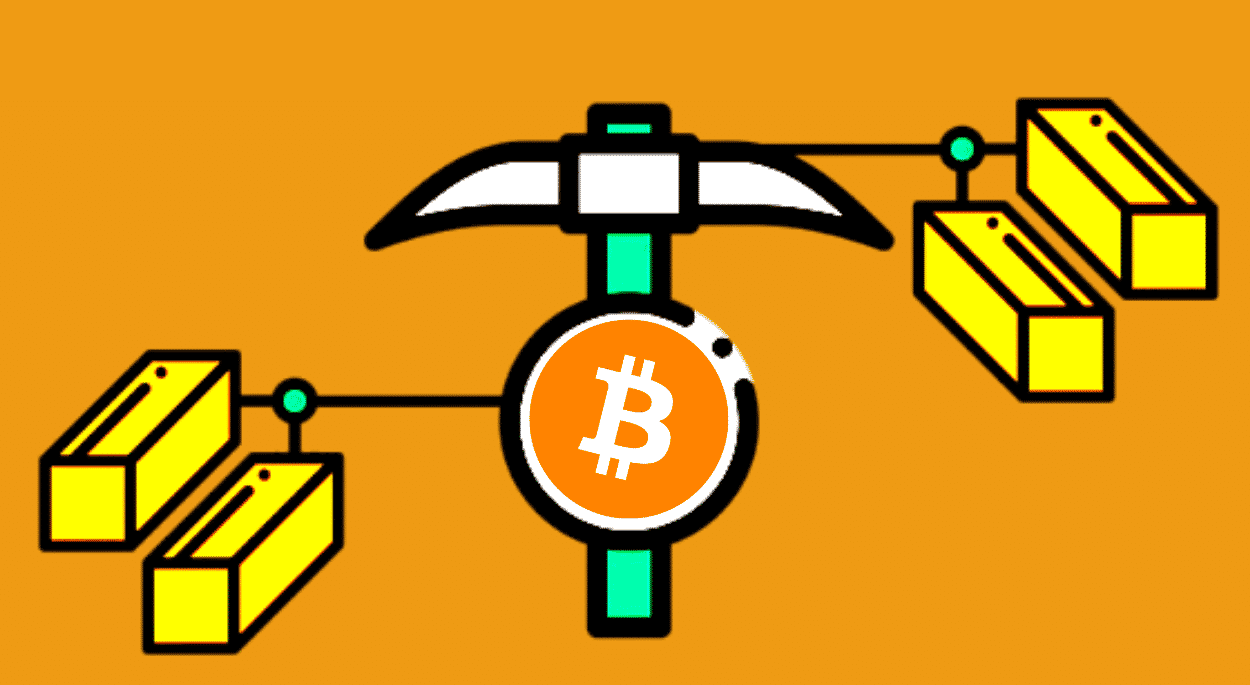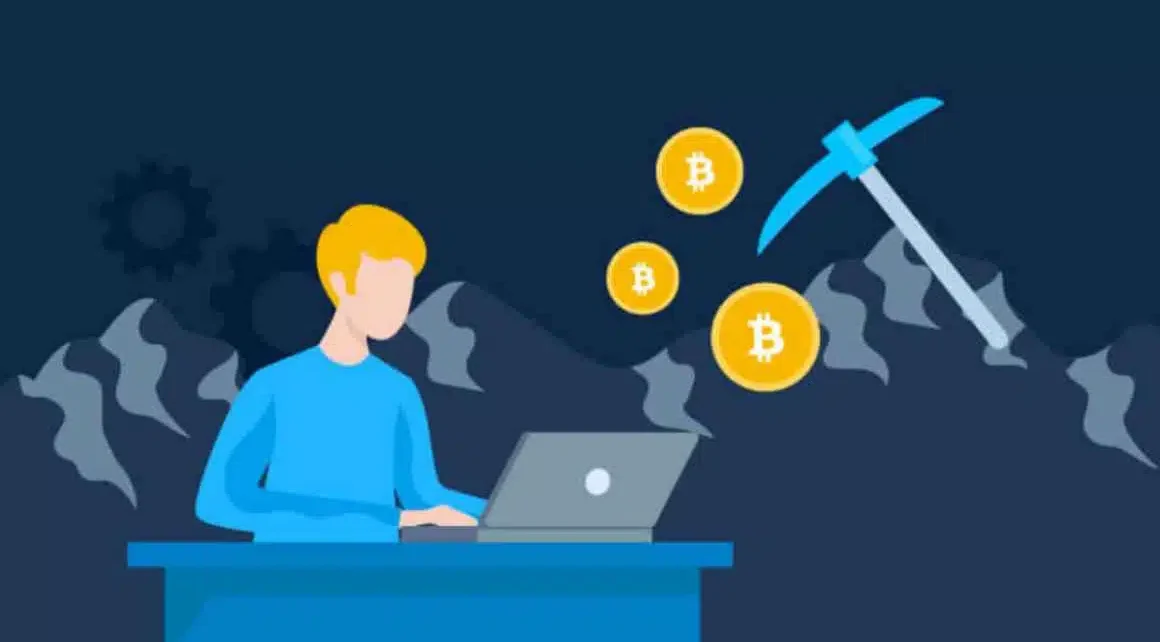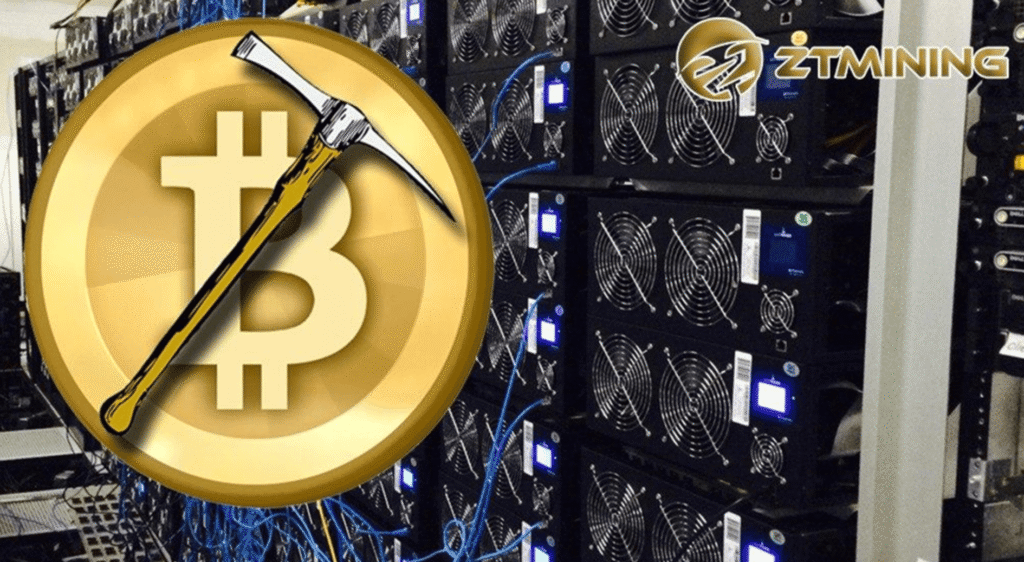Starting your journey in cryptocurrency can feel overwhelming, but this bitcoin mining for beginners guide will simplify everything you need to know. Bitcoin mining is the process of validating transactions on the Bitcoin blockchain while earning rewards in the form of newly created bitcoins. Whether you’re completely new to cryptocurrency or looking to expand your investment portfolio, understanding bitcoin mining is crucial for making informed decisions.
In this comprehensive guide, we’ll walk you through every aspect of bitcoin mining, from the basic concepts to advanced strategies. You’ll learn about different mining methods, required equipment, profitability calculations, and common pitfalls to avoid. By the end of this article, you’ll have the knowledge needed to decide whether bitcoin mining is right for your situation and goals.
What Is Bitcoin Mining and How Does It Work?
Bitcoin mining is essentially a computational process where specialized computers solve complex mathematical problems to validate transactions on the Bitcoin network. When miners successfully solve these problems, they add new blocks to the blockchain and receive bitcoin rewards for their efforts.

The process involves several key components working together. First, transactions are collected into a block, which contains a cryptographic hash of the previous block, creating an unbreakable chain. Miners then compete to find a specific number (called a nonce) that, when combined with the block data, produces a hash meeting the network’s difficulty requirements.This system ensures the security and decentralization of the Bitcoin network. The difficulty automatically adjusts every 2,016 blocks (approximately every two weeks) to maintain a consistent 10-minute block time, regardless of how much computing power is dedicated to mining.
Bitcoin Mining for Beginners: Essential Equipment and Setup
Mining Hardware Options
For beginners, understanding the different types of mining hardware is crucial. Application-Specific Integrated Circuits (ASICs) are the most efficient option for bitcoin mining today. These specialized devices are designed exclusively for mining and offer the best hash rate per watt of electricity consumed.
Popular ASIC miners include the Antminer S19 Pro, Whatsminer M30S, and newer models that consistently emerge in the market. CPU and GPU mining, while historically viable, are no longer profitable for Bitcoin due to the network’s increased difficulty and competition from ASIC miners.
Power Supply and Cooling Requirements
Mining equipment generates significant heat and consumes substantial electricity. A reliable power supply unit (PSU) rated for at least 20% more than your miner’s requirements is essential. Additionally, proper cooling systems, including fans and adequate ventilation, prevent overheating and extend equipment lifespan.
Consider your electricity costs carefully, as they directly impact profitability. Mining operations in regions with cheap electricity (below $0.10 per kWh) tend to be more profitable than those in areas with higher energy costs.
Understanding Mining Pools vs Solo Mining
Mining Pool Benefits
For beginners, joining a mining pool is typically the recommended approach. Mining pools combine the computational power of multiple miners, increasing the likelihood of successfully mining blocks and earning rewards. While individual payouts are smaller, they’re more frequent and predictable.
Popular mining pools include Slush Pool, F2Pool, and Antpool. Each pool has different fee structures, payout methods, and minimum withdrawal amounts. Research these factors before committing to a specific pool.
Solo Mining Considerations
Solo mining means operating independently without joining a pool. While this approach offers the potential for larger rewards (you keep the entire block reward), it’s extremely risky for beginners. The probability of successfully mining a block alone is very low unless you have significant hash power.
Bitcoin Mining Software and Configuration
Essential Mining Software
Several software options facilitate bitcoin mining, each with unique features and compatibility requirements. Popular choices include CGMiner, BFGMiner, and EasyMiner. These programs connect your hardware to the Bitcoin network and mining pools.

Configuration involves setting up your mining pool credentials, adjusting hash rates, and monitoring performance. Most modern mining software includes user-friendly interfaces that simplify these processes for beginners.
Monitoring and Optimization
Successful mining requires constant monitoring of hash rates, temperatures, and profitability. Many miners use specialized monitoring software or mobile apps to track their operations remotely. Regular maintenance, including cleaning dust from equipment and updating software, ensures optimal performance.
Calculating Mining Profitability
Key Factors Affecting Profitability
Several variables determine mining profitability: hash rate, electricity costs, mining difficulty, Bitcoin price, and pool fees. Online calculators like those found on mining websites help estimate potential earnings based on these factors.
Remember that Bitcoin’s price volatility significantly impacts profitability. What seems profitable today might not be tomorrow, so consider long-term trends rather than short-term fluctuations.
Break-Even Analysis
Before investing in mining equipment, calculate your break-even point. This involves determining how long it takes to recover your initial investment through mining rewards. Factor in equipment costs, electricity expenses, and potential Bitcoin price changes.
Legal and Tax Considerations
Regulatory Compliance
Bitcoin mining legality varies by jurisdiction. Research your local laws and regulations before starting mining operations. Some countries have banned cryptocurrency mining entirely, while others have specific licensing requirements.
Tax Implications
In most jurisdictions, mined bitcoins are considered taxable income at their fair market value when received. Keep detailed records of your mining activities, including dates, amounts mined, and Bitcoin prices. Consult with a tax professional familiar with cryptocurrency taxation.
Common Mistakes to Avoid
Overestimating Profitability
Many beginners make the mistake of using overly optimistic calculations that don’t account for difficulty increases, market volatility, or equipment failures. Always use conservative estimates and plan for unexpected expenses.
Inadequate Research
Rushing into mining without proper research often leads to poor equipment choices, unsuitable locations, or unrealistic expectations. Take time to understand all aspects before making significant investments.
Ignoring Electricity Costs
Electricity represents the largest ongoing expense for miners. Failing to accurately calculate these costs can turn a seemingly profitable operation into a loss-making venture.
Alternative Mining Methods for Beginners
Cloud Mining
Cloud mining allows beginners to participate in mining without owning hardware. You rent mining power from companies that operate mining farms. While this reduces technical complexity, it often comes with higher fees and less control over operations.
Mining Other Cryptocurrencies
Consider mining alternative cryptocurrencies (altcoins) that might be more profitable for beginners. Some altcoins can still be mined effectively with GPUs, offering lower entry barriers than Bitcoin mining.
Final Thought
This bitcoin mining for beginners guide has covered the essential aspects of starting your mining journey. From understanding the basic concepts to calculating profitability and avoiding common mistakes, you now have the foundation needed to make informed decisions about bitcoin mining.
Remember that successful mining requires continuous learning, adaptation to changing market conditions, and careful financial planning. Whether you choose to mine independently, join a pool, or explore cloud mining options, always prioritize research and risk management. Ready to start your bitcoin mining adventure? Begin by researching current equipment prices, calculating your local electricity costs, and exploring reputable mining pools. Take your time, start small, and gradually expand your operations as you gain experience and confidence.


